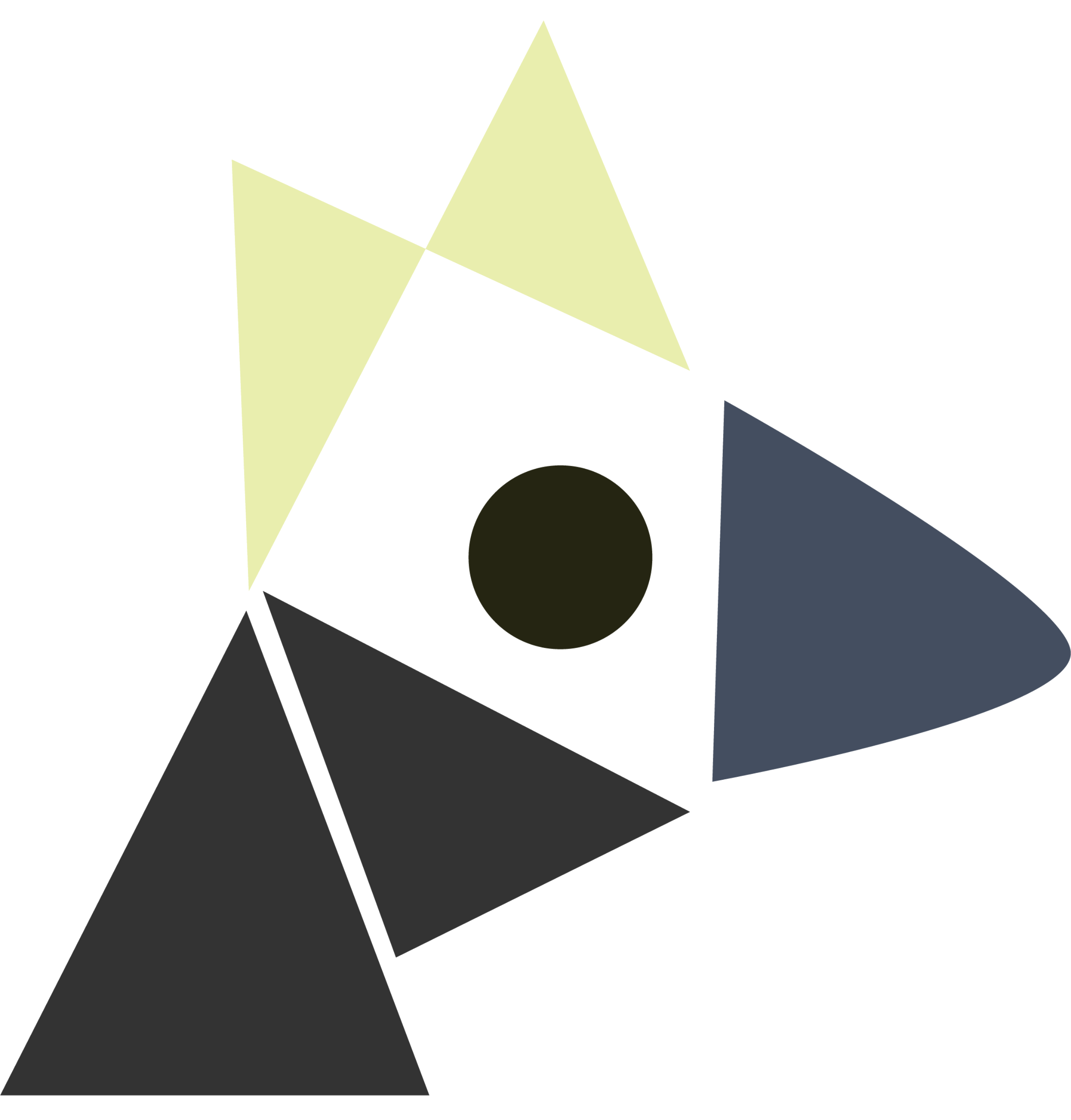quantum theory
Last edited: August 8, 2025quantum theory allows us to understand physics; it reconciliations the classical world with the quantum world.
- Classical particles, in the double slit experiment, would just straight go through and bounce off
- Actual particles (quantum) like light, under quantum theory, would actually exhibit interference via wave-like hebahior
The measurement of quantum theory is done via quantum information theory.
QuantumNLP Index
Last edited: August 8, 2025A little endeavor to learn about Lambek Calculus, quantum information theory, and linguistics I guess.
qubit
Last edited: August 8, 2025A qubit is a two-layer quantum theory system.
A classical bit is something that can be set between two values, a qubit between a much higher dimension.
Questions for Omer
Last edited: August 8, 2025Week 9
- isn’t \(P^{\text{SAT}}\) just \(\text{SAT}\) with more steps? i.e., because an “oracle” for \(\text{SAT}\) is just a system that checks SAT, and we know that can be done in P no it isn’t because checking requires a witness
- can we use CLIQUE in pset
Week 8
- ask Omer to go over subset sum
Week 7
- so in NP, “nondeterministically guess” happens in order-1 time for all possible choices?
Week 6
- interpreter arguments: why is that changing \(K(x)\) up to a constant? i.e. for instance doesn’t the choice of \(K_{p}(x)\) matter?
- Godel’s consistency: why does the

imply that \(\neg S_{G,\varepsilon}\) is true?
quotient group
Last edited: August 8, 2025a quotient group is a group which is the product of mapping things out.
subgroups
The set of integers \(\mathbb{Z}\) is obviously a group. You can show it to yourself that multiples of any number in the group is a subgroup of that group.
For instance:
\(3 \mathbb{Z}\), the set \(\{\dots -6, -3, 0, 3, 6, \dots\}\) is a subgroup
actual quotient groups
We can use the subgroup above to mask out a group. The resulting product is NOT a subgroup, but its a new group with individual elements being subsets of our original group.
